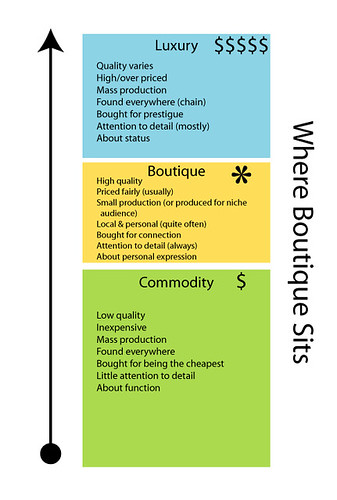Some Words From a FAR
Posted September 9th, 2008 by rybolovFAR: it’s the Federal Acquisition Regulation, and it covers all the buying that the government does. For contractors, the FAR is a big deal–violate it and you end up blackballed from Government contracts or having to pay back money to your customer, either of which is a very bad thing.
In early August, OMB issued Memo 08-22 (standard .pdf caveat blah blah blah) which gave some of the administratrivia about how they want to manage FDCC–how to report it in your FISMA report, what is and isn’t a desktop, and a rough outline on how to validate your level of compliance.
Now I have mixed feelings about FDCC, you all should know that by now, but I think the Government actually did a decent thing here–they added FDCC (and any other NIST secure configuration checklists) to the FAR.
Check this section of 800-22 out:
On February 28, 2008, revised Part 39 of the Federal Acquisition Regulation (FAR) was published which reads:
PART 39-ACQUISITION OF INFORMATION TECHNOLOGY
1. The authority citation for 48 CFR part 39 continues to read as follows: Authority: 40 U.S.C. 121(c); 10U.S.C. chapter 137; and 42 U.S.C. 2473(c).
2. Amend section 39.101 by revising paragraph (d) to read as follows:
39.101 Policy.
* * * * *
(d) In acquiring information technology, agencies shall include the appropriate IT security policies and requirements, including use of common security configurations available from the NIST’s website at http://checklists.nist.gov. Agency contracting officers should consult with the requiring official to ensure the appropriate standards are incorporated.
Translated into English, what this means is that the NIST configurations checklists are coded into law for Government IT purchases.
This carries a HUGE impact to both the Government and contractors. For the Government, they just outsourced part of their security to Dell and HP, whether they know it or not. For the desktop manufacturers, they just signed up to learn how FDCC works if they want some of the Government’s money.
Remember back in the halcyon days of FDCC when I predicted that one of the critical keys to success for FDCC was to be able to buy OEM desktops with the FDCC images on them. It’s slowly becoming a reality.
Oh what’s that, you don’t sell desktops? Well, this applies to all NIST configuration checklists, so as NIST adds to the intellectual property in the checklists program, you get to play too. Looking at the DISA STIGs as a model, you might end up with a checklist for literally everything.
So as somebody who has no relation to the US Federal Government, you must be asking by now how you can ride the FDCC wave? Here’s Rybolov’s plan for secure desktop world domination:
- Wait for the government to attain 60-80% FDCC implementation
- Wait for desktops to have an FDCC option for installed OS
- Review your core applications on the FDCC compatibility list
- Adopt FDCC as your desktop hardening standard
- Buy your desktop hardware with the image pre-loaded
- The FDCC configuration rolls uphill to be the default OS that they sell
- ?????
- Profit!
And the Government security trickle-down effect keeps rolling on….
Cynically, you could say that the OMB memos as of late (FDCC, DNSSEC) are very well coached and that OMB doesn’t know anything about IT, much less IT security. You probably would be right, but seriously, OMB doesn’t get paid to know IT, they get paid to manage and budget, and in this case I see some sound public policy by asking the people who do know what they’re talking about.
While we have on our cynical hats, we might as well give a nod to those FISMA naysayers who have been complaining for years that the law wasn’t technical/specific enough. Now we have very static checklists and the power to decide what a secure configuration should be has been taken out of the hands of the techies who would know and given to research organizations and bureaucratic organizations who have no vested interest in making your gear work.

Lighthouse From AFAR photo by Kamoteus.
Similar Posts:
Posted in FISMA, NIST, What Doesn't Work, What Works |  8 Comments »
8 Comments »
Tags: cashcows • collusion • compliance • fdcc • fisma • government • infosec • management • omb • pwnage • scap • security
 Posts RSS
Posts RSS




